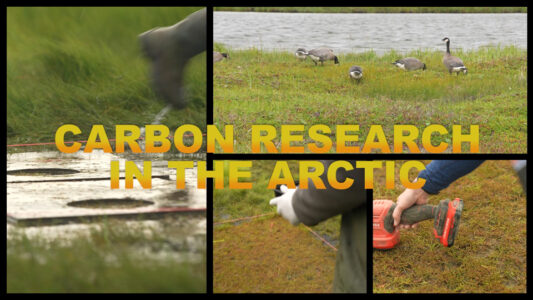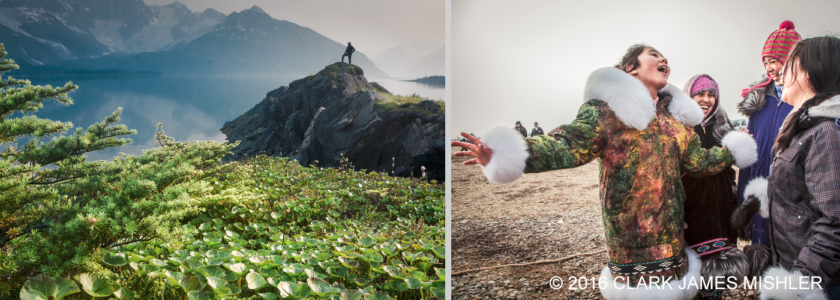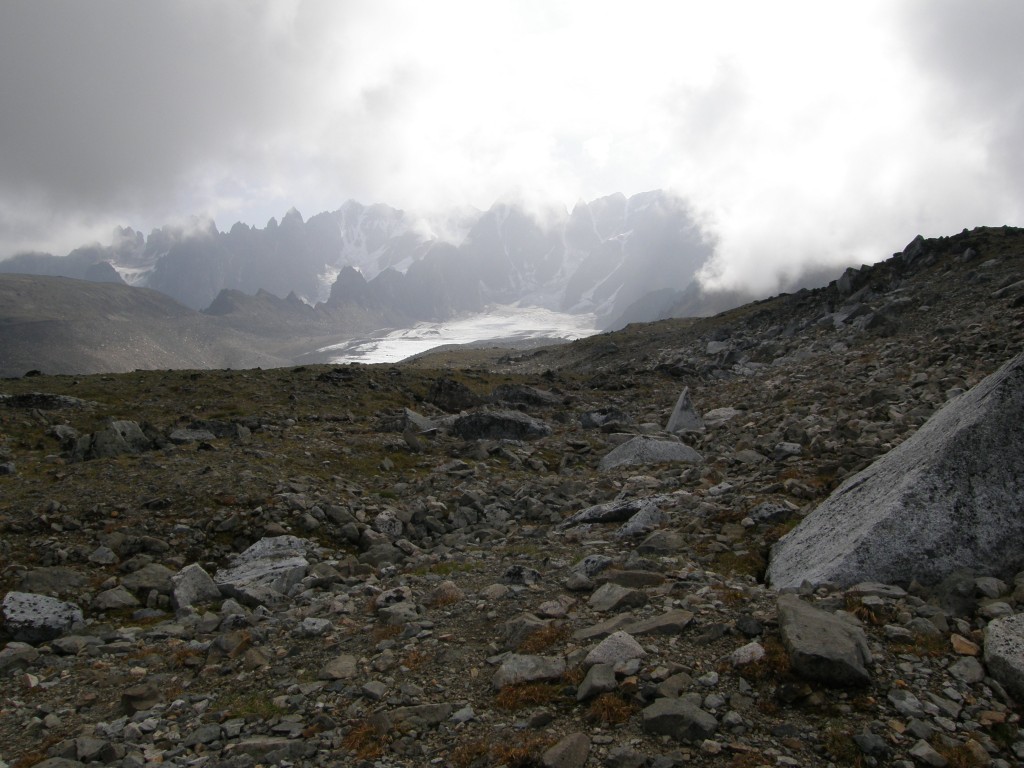
Liz O’Connell for Frontier Scientists –
“Ancient ice is melting and yielding many things we haven’t seen before,” said Jeanne Schaaf, National Park Service archaeologist, at the Alaska Archaeological Association Conference in Anchorage.
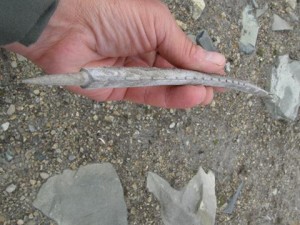
Three antler arrow points, rare organic artifacts of a type not seen in the area previously, were found at two remnant ice patches in the Telaquana Mountain area, in Lake Clark National Park and Preserve. Radiocarbon ages of the artifacts are 152, 1667 and 1,977 years before present, showing a pattern of ice patch use for caribou procurement, most likely by Dena’ina, spanning 2,000 years.
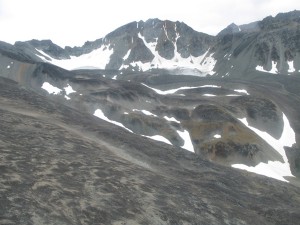
Telaquana Mountain is a prominent landmark with sheer-walled cliffs and hanging glaciers; a powerful place associated with an ancient origin legend. The ice patches are melting for the first time in 2000 years to reveal these artifacts.
The Dena’ina Way of Living, a conference session, highlighted the Dena’ina Athabascans of South-central Alaska. James Fall, Alaska Department of Fish and Game subsistence Division, brought together scholars to talk about different aspects of Dena’ina history and culture including Shaman Wars, Kustatan Bear Stories, the complexities of Athabascan geographic names, types of houses, and Dena’ina quillwork.
“How do you get quills from a porcupine?” was an audience question prompted by a presentation by Suzi Jones, Anchorage Museum, showing Dena’ina quill work design patterns on clothing. Jones showed photos of the intricate quilled designs on garments–all part of an upcoming exhibit at the Anchorage Museum in September. The exhibit “Dena’inaq’ Huch’ulyeshi—The Dena’ina Way of Living” will premier in September 2013. The stunning quill work shown in photos will be a highlight of the exhibition.
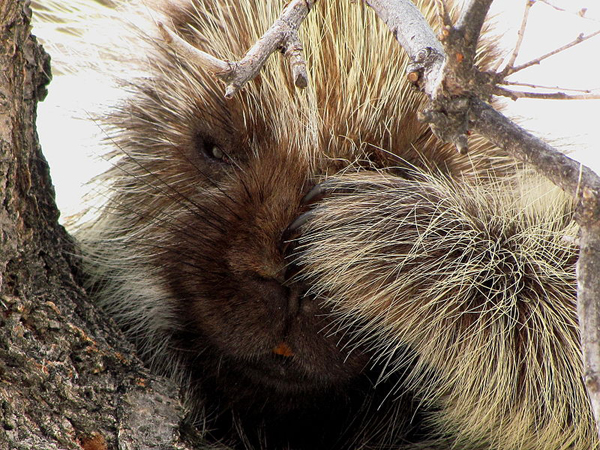

Clare Swan, an Athabascan in the audience, answered the porcupine question; she said, “Throw cold water on them and they will walk away leaving their quills.” Swan also reflected on growing up as an Athabascan on the Kenai Peninsula. “We had a book in grade school about Alaska that was an inch thick and full of junk,” said Swan. “In America you have to prove things,” so, “Archaeology is really good because you have these solid things that you can look at, and can identify with.”
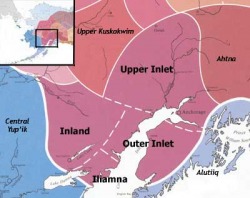
“As I get older, I realize how much I don’t know, but at least I know myself better,” explained Swan. To emphasize the point, Swan continued: “As a dear friend said when she came back to Alaska from boarding school, I came back to myself.” All the presentations at this AAA session detailed eye opening cultural and historical facts and stories that help fill out a wonderful picture of Alaska native life.
The Alaska Anthropology Conference convenes annually. Visit their website http://www.alaskaanthropology.org for more information.
Frontier Scientists: presenting scientific discovery in the Arctic and beyond
